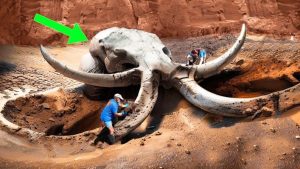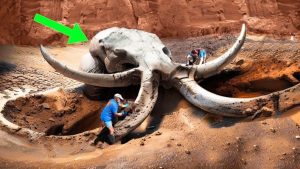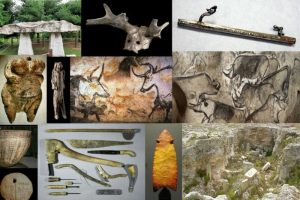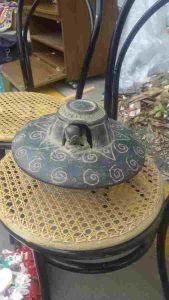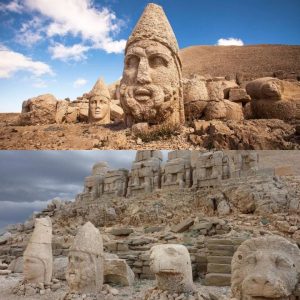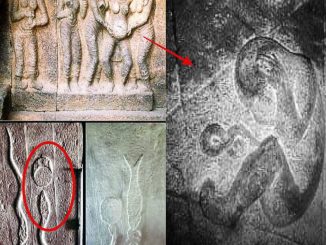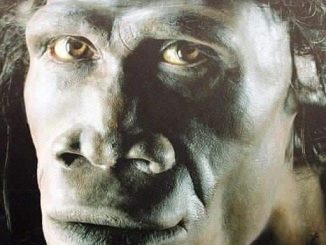Welcome to freeastroscience.com, where we delve into the wonders of ancient architecture with a focus on India’s remarkable stepwells. Today, we spotlight Rani ki Vav, a UNESCO World Heritage site in Patan, Gujarat, that showcases the zenith of Indian stepwell construction. This site exemplifies the finesse of the Maru-Gurjara architectural style and stands as a testament to the skilled artisans of the past. Join us as we explore the depths of history and artistry that Rani ki Vav embodies.
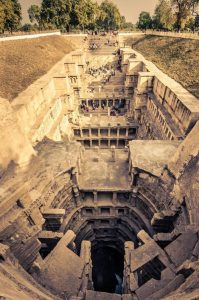
The Historical Significance of Rani ki Vav
Rani ki Vav, or “The Queen’s Stepped Well,” is not just an architectural marvel but a cultural treasure situated in the vibrant city of Patan, alongside the historical Saraswati River. Constructed in the 11th century, this stepwell was commissioned by Queen Udayamati in memory of her husband, King Bhima I, a significant figure of the Chaulukya dynasty.
Rediscovery and Restoration: A New Life for an Ancient Wonder
Submerged for centuries, Rani ki Vav was only rediscovered in the 1940s, prompting a meticulous restoration by the Archaeological Survey of India in the 1980s. The restoration efforts have breathed new life into this site, allowing it to be recognized as a UNESCO World Heritage Site in 2014.
Architectural Mastery: The Maru-Gurjara Style
Rani ki Vav is celebrated as one of the largest and finest examples of stepped architecture in Gujarat. Its design is characterized by seven levels of stairs adorned with extensive and intricate sculptural panels. More than 500 major sculptures and countless minor ones adorn these panels, depicting a blend of religious, secular, and symbolic imagery that captures the essence of the era.
A Deep Dive into the Structure of Rani ki Vav
The design of Rani ki Vav bears remarkable resemblance to the Vimalavasahi temple on Mount Abu, indicating a construction date around 1032 CE. The well extends approximately 65 meters in length, 20 meters in width, and reaches a depth of 28 meters, culminating in a deep, rectangular pool.
Artistic Splendor: The Sculptures of Rani ki Vav
Each level of this stepwell features a corridor divided into compartments with pillared pavilions, showcasing the zenith of craftsmanship. The walls, pillars, and beams are a canvas for exquisite carvings and scrolls, while niches along the side walls are graced with elaborate sculptures.
The Revival of a Sunken Treasure
The history of Rani ki Vav is marked by its battle with nature; it was once flooded and buried by the Saraswati River. Its revival began when explorers like Henry Cousens and James Burgess documented the site, despite its subterranean state in the late 19th century. A major excavation in 1986 led to the recovery of an image of Queen Udayamati herself, offering a poignant connection to its creators.
Conclusion: Rani ki Vav’s Place in World Heritage
Rani ki Vav stands as a symbol of India’s rich heritage and the unyielding spirit of its people. It is a source of pride and a beacon of inspiration, showcasing the ingenuity and artistry of ancient Indian architecture. We at freeastroscience.com are proud to share the story of Rani ki Vav, inviting readers to appreciate the depth of history and culture that it represents.
For more information on ancient architectural wonders and the latest in scientific exploration, visit freeastroscience.com, where history and science converge.
